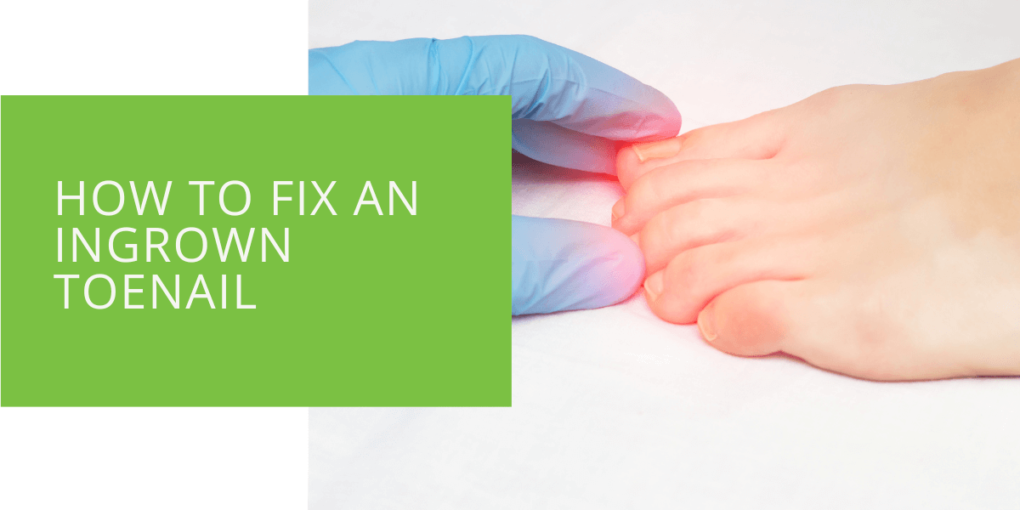How to Fix an Ingrown Toenail
Ingrown toenails are a common foot problem that can cause pain and discomfort. They occur when a toenail grows into the skin instead of straight across. This can cause the skin around the nail to become red, swollen, and painful. In severe cases, an ingrown toenail can even lead to an infection.
What is an Ingrown Toenail?
An ingrown toenail is a condition where the side or corner of a toenail grows into the skin instead of growing straight across. This can cause the skin to become inflamed, painful, and, in severe cases, infected.
Causes of Ingrown Toenails
Ingrown toenails can be caused by a variety of factors, including:
- Wearing shoes that are too tight
- Cutting your toenails too short
- Trauma to the toe
- Nail fungal infections
- Abnormal growth of the toenail
- Genetics
Symptoms of Ingrown Toenails
The symptoms of an ingrown toenail can include:
- Pain and tenderness in the affected toe
- Redness and swelling around the nail
- Drainage from the area
- Infection
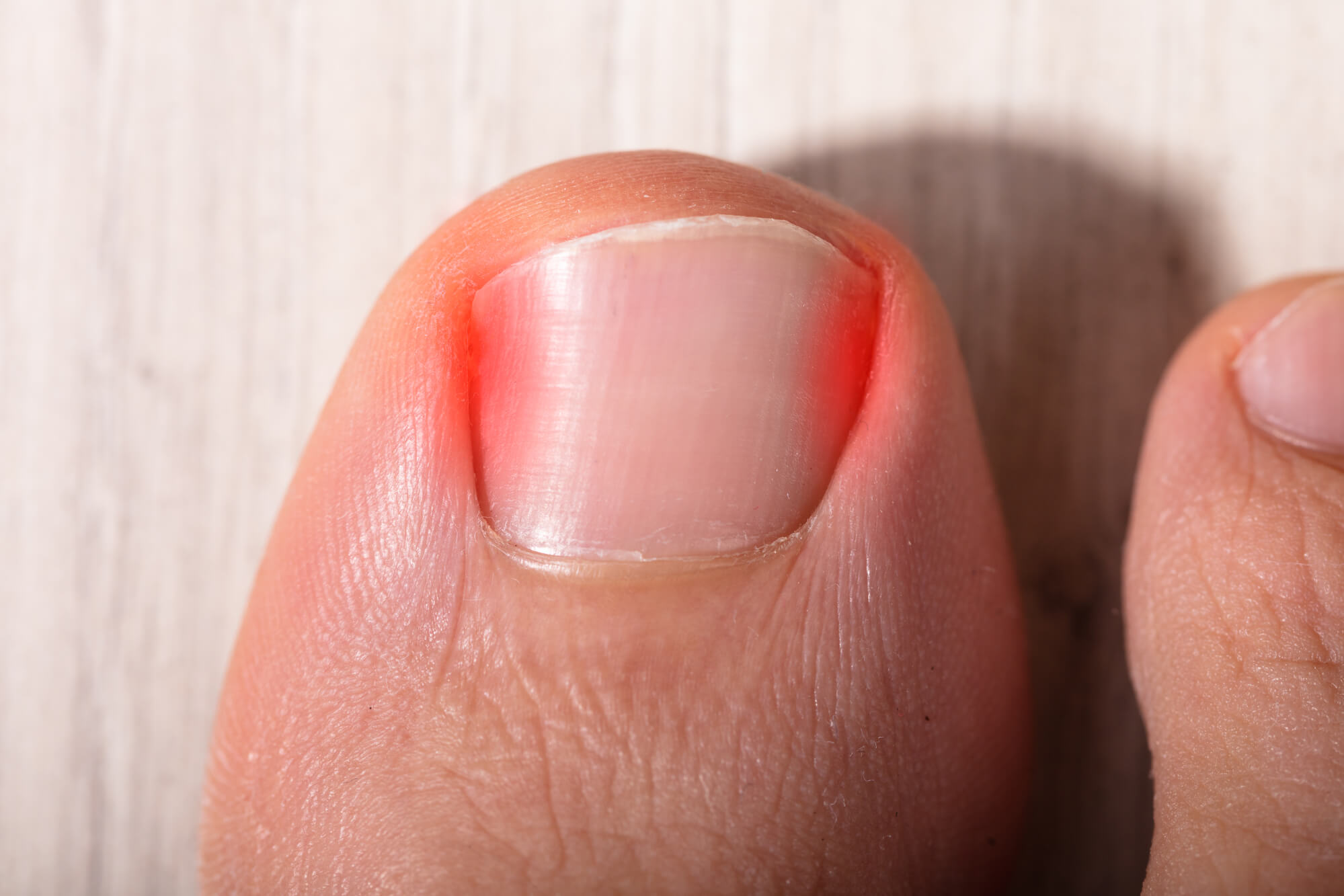
At-Home Remedies for Ingrown Toenails
If you have an ingrown toenail, there are several at-home remedies you can try to treat it.
Soaking Your Foot
Soaking your foot in warm water mixed with Epsom salt can help reduce swelling and promote healing. To do this, fill a basin with warm water and add enough Epsom salt to make it dissolve. Soak your foot for 20-30 minutes several times a day.
Wearing Loose-Fitting Shoes
Wearing shoes that are too tight can put pressure on the toe and cause an ingrown toenail. Wear shoes that fit well and don't squeeze your toes. If you have an ingrown toenail, wear shoes that are open-toed or have a large toe box.
Using a Cotton or Foam Spacer
A cotton or foam spacer can help keep the nail from digging into the skin. To use a spacer, place it between the nail and the skin, making sure it's not too tight. You can find cotton or foam spacers at your local pharmacy.
Avoiding Tight Socks and Hosiery
Tight socks and hosiery can put pressure on the toes and contribute to the development of an ingrown toenail. Avoid wearing tight socks and hosiery, especially if you have an ingrown toenail.
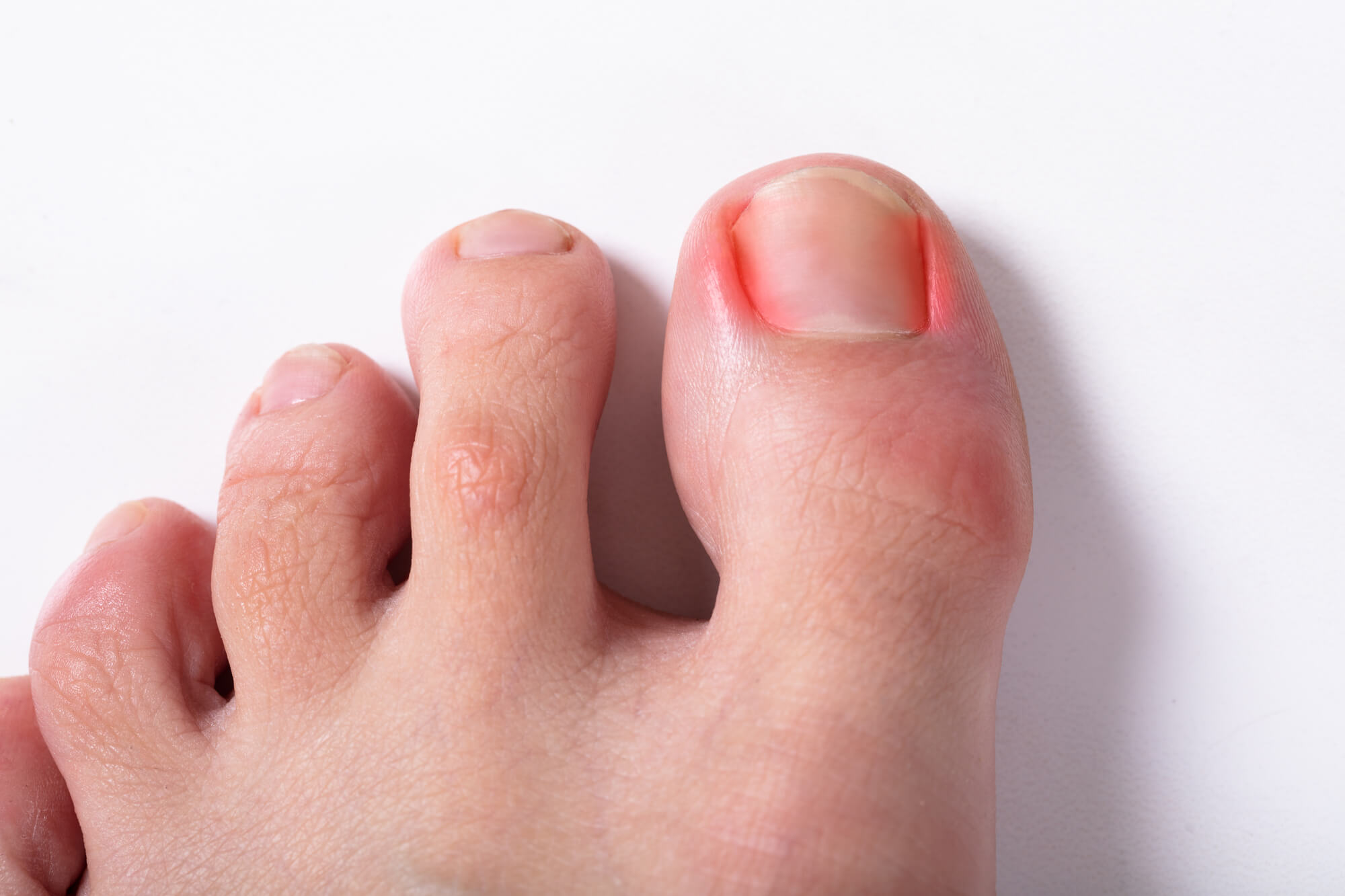
When to Seek Medical Attention
In some cases, an ingrown toenail may require medical treatment. Here are some signs that it's time to see a podiatrist:
Signs of Infection
If you have an ingrown toenail and it becomes infected, you may notice redness and swelling, as well as drainage from the area. If you suspect an infection, it's important to seek medical attention right away as it can quickly spread and cause more serious health problems.
Severe Pain and Discomfort
If you have an ingrown toenail and the pain and discomfort is severe, it's time to see a podiatrist. A podiatrist can provide you with pain relief and help you avoid further complications.
Nerve Damage or Blood Flow Issues
In some cases, an ingrown toenail can cause nerve damage or interfere with blood flow. If you experience tingling, numbness, or a decrease in blood flow, it's important to see a podiatrist as soon as possible.
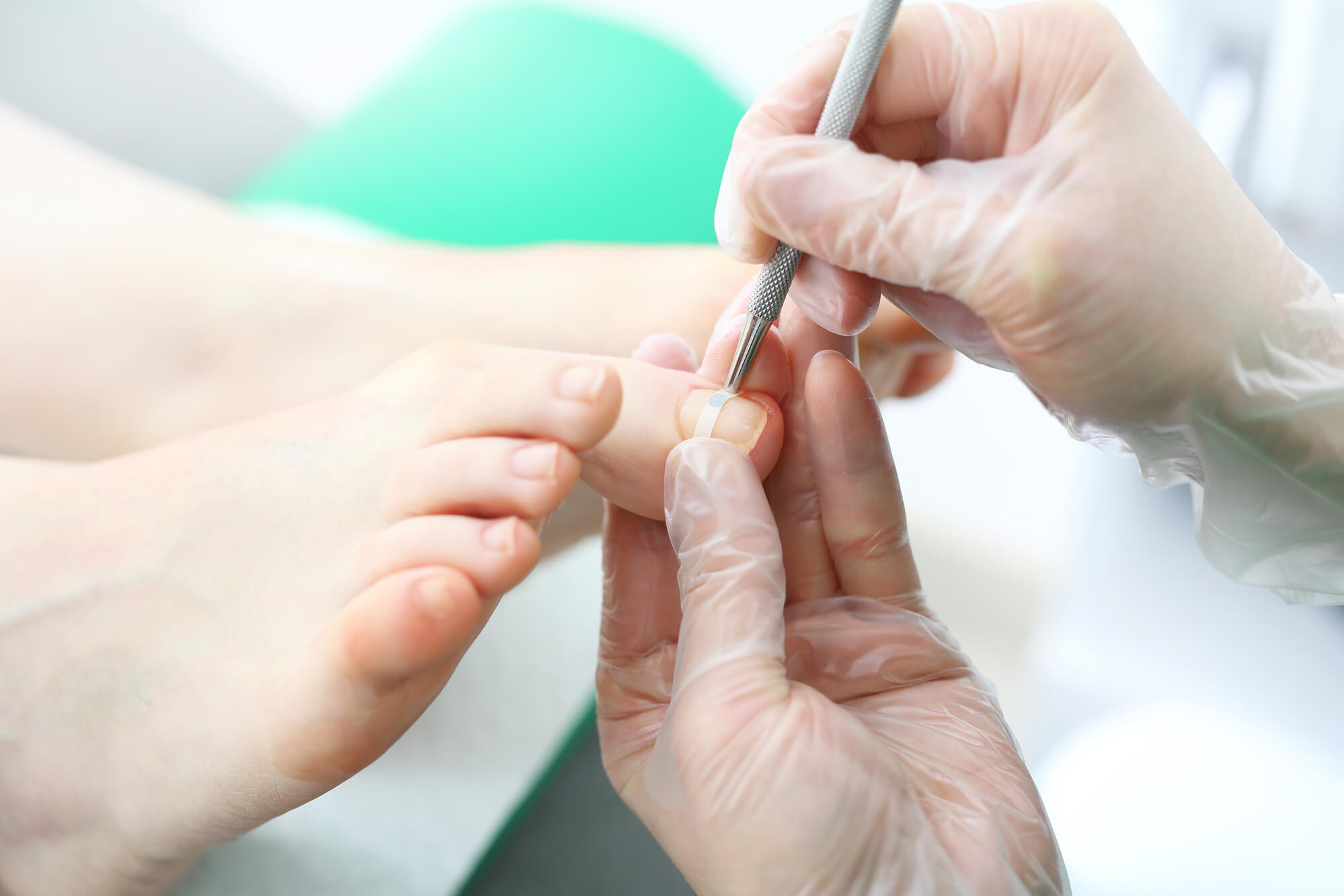
Treatment Options for Ingrown Toenails
If you have an ingrown toenail, a podiatrist can provide you with effective treatment options.
Nonsurgical Treatment Options
If your ingrown toenail is not infected, a podiatrist may recommend one of the following nonsurgical treatment options:
- Soaking your foot in warm water mixed with Epsom salt: This can help reduce swelling and pain and improve blood flow to the affected area. Soaking your foot for 15-20 minutes, 2-3 times a day, can be especially helpful.
- Wearing shoes that fit well and don't squeeze your toes: Wearing shoes that are too tight or squeeze your toes can cause an ingrown toenail. Make sure to wear shoes that fit well and provide plenty of room for your toes to move.
- Using a cotton or foam spacer to keep the nail from digging into the skin: Placing a small cotton or foam spacer between the nail and the skin can help keep the nail from digging into the skin and causing an ingrown toenail.
- Avoiding tight socks and hosiery: Wearing tight socks and hosiery can put pressure on your toes and increase the risk of an ingrown toenail. Make sure to wear socks and hosiery that fit well and provide plenty of room for your toes to move.
Surgical Treatment Options
If your ingrown toenail is infected or causing severe pain and discomfort, a podiatrist may recommend surgery to remove the affected part of the nail. This is a quick and effective treatment option that can provide you with long-term relief. Surgical procedures for ingrown toenails typically involve removing the affected part of the nail and sometimes the underlying nail bed. The goal is to remove the source of the pain and prevent the nail from growing into the skin again.
- Partial Nail Avulsion (PNA): Partial nail avulsion (PNA) is a common surgical procedure for treating ingrown toenails. During this procedure, the podiatrist will remove the affected part of the nail and sometimes the underlying nail bed. The goal is to remove the source of the pain and prevent the nail from growing into the skin again.
- Total Nail Avulsion (TNA): Total nail avulsion (TNA) is a more involved surgical procedure that involves removing the entire toenail and the underlying nail bed. This procedure is typically recommended for people with recurrent or severe ingrown toenails.
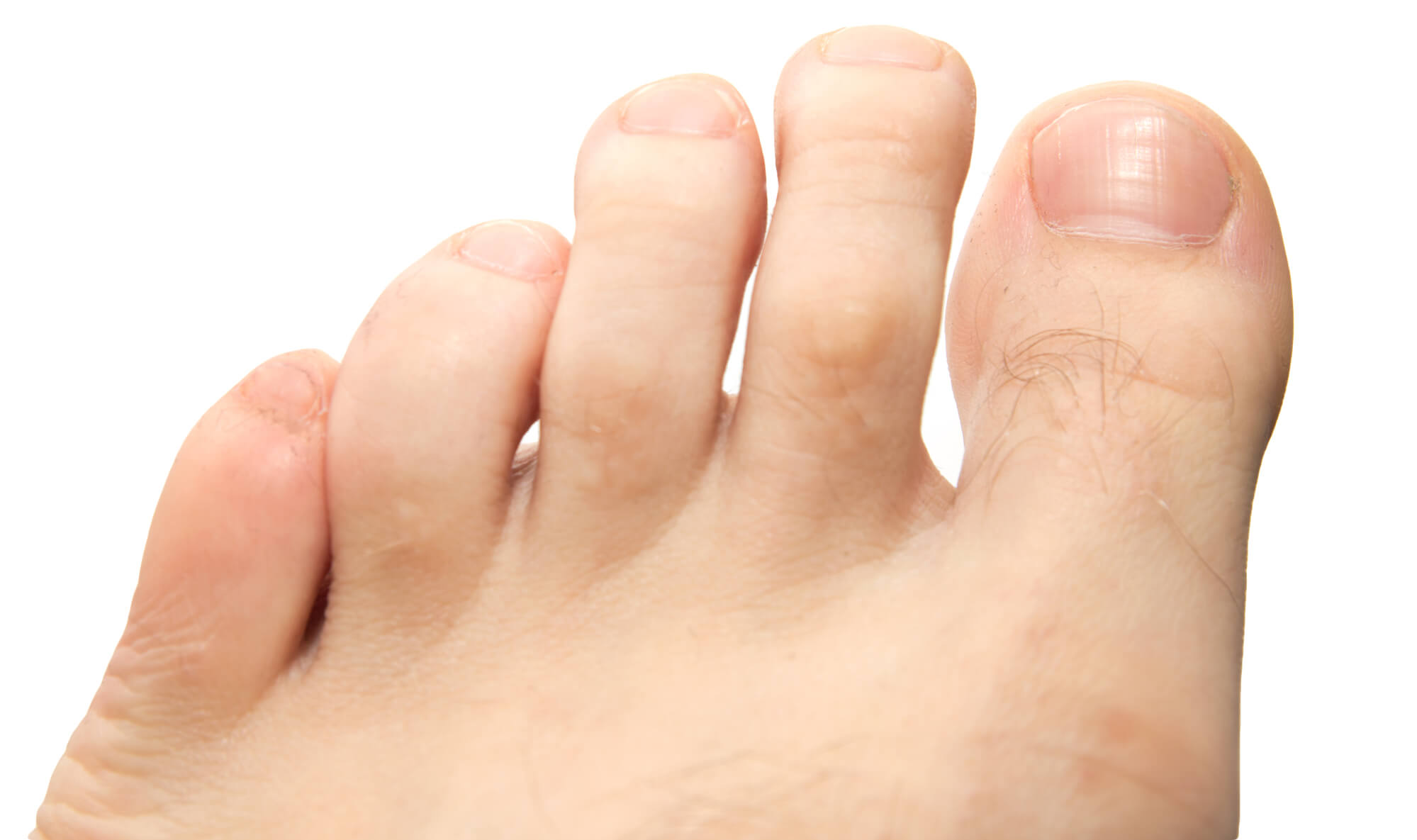
Preventing Ingrown Toenails
To prevent ingrown toenails, it's important to take good care of your feet and follow these tips:
Cutting Your Toenails
Make sure to cut your toenails straight across without rounding the corners. Avoid cutting your toenails too short, as this can increase the risk of an ingrown toenail.
Wearing Proper Footwear
Wearing shoes that fit well and don't squeeze your toes can help prevent ingrown toenails. Make sure to wear shoes that have a large toe box and avoid shoes that are too tight.
Avoiding Trauma to the Toe
Avoid activities that can cause trauma to your toe, such as playing sports or engaging in other physically demanding activities.
Using Dental Floss
If you have an ingrown toenail, you can use dental floss to separate the nail from the skin gently. This can help prevent the nail from growing into the skin and causing an ingrown toenail.
Conclusion
Ingrown toenails can be painful and uncomfortable, but they can often be treated effectively with home remedies or nonsurgical treatment options. If your ingrown toenail is infected or causing severe pain and discomfort, it's important to see a podiatrist. A podiatrist can help you determine the best treatment for your specific needs and provide you with the relief you need. Remember, the best way to treat an ingrown toenail is to prevent it from happening in the first place. By following the prevention tips listed above, you can help keep your feet healthy and pain-free.

